The very first McDonald's playground opened before the company asked for an official design
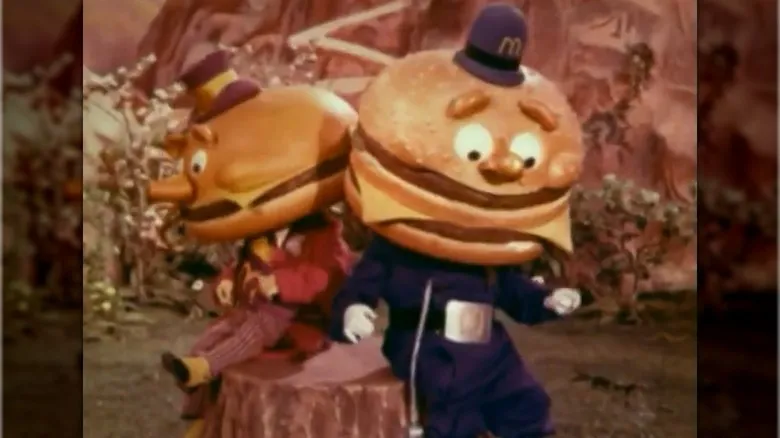
The first documented playground at a McDonald's did not originate as a standardized design from the company. Nevertheless, it seemingly had the company's endorsement. When a new McDonald's opened near Eastwood Mall in Birmingham, Alabama, in 1971, it featured an outdoor playground connected to the restaurant by a bridge named "Bridge Over the River Fry." A local children's television host attended the grand opening weekend, and at one point, Ray Kroc himself made an appearance. (Accounts vary on whether this occurred in July or August of 1971.)
The reasons behind that particular franchisee's decision to include a playground remain unclear; it is uncertain whether the company was already exploring the idea or if the franchise owner simply had an innovative concept. However, the design showcased characters from McDonald's McDonaldland marketing campaign, and a person dressed as Ronald McDonald was present to greet the children and take photos during that weekend. It is reasonable to assume that McDonald's would not have taken copyright violations lightly, and Kroc likely would not have been pleased if the playground had not received official approval.
The whole thing was just an extension of the company's advertising

You might recognize them as PlayPlaces today, but these playgrounds were initially called McDonaldland Playland. A prototype, referred to as either McDonaldland Park or McDonaldland Playground in various sources, made its debut at the Illinois State Fair in 1972. Later that same year, the first official Playland opened in Chula Vista, California, just south of San Diego.
While the Playland provided entertainment for children, it also served as an effective marketing strategy for the restaurant. The design was originally created for McDonald's "McDonaldland" commercials and was adapted for the play areas, allowing kids to feel as though they were stepping into the world they had seen on television. This connection was intended to entice children to visit, bringing along their parents, family members, or neighbors. The idea was that these play areas would significantly boost revenue for the franchises that installed them — and they certainly did.
Every location that incorporated a Playland experienced a surge in sales. According to a promotional video, the original Chula Vista site saw a 34% increase in sales even before the park was completed. Ultimately, the finished play area contributed to a remarkable 63% increase in sales at that location, figures that no franchisee focused on profits could overlook — and they certainly didn’t. The demand for Playlands and PlayPlaces grew so much that by 1991, McDonald's had the largest number of playgrounds in the United States.
Playland pre-dated the invention of the ball pit

One of the features commonly linked to PlayPlaces today is the ball pit, a vibrant sea of colorful plastic balls that children can dive into with minimal apprehension. Although ball pits were invented after the introduction of McDonald's Playland, their timing was impeccable. Originally known as ball crawls, these attractions made their debut in 1976 at SeaWorld in San Diego and quickly gained popularity in other amusement parks. They provided a relatively safe space for children to jump and "swim" without the risk of drowning, although being submerged under a thick layer of plastic balls could be somewhat uncomfortable.
Simultaneously, rising concerns about child abduction and the need for safer playgrounds prompted designers to create softer and supposedly less hazardous play equipment (more on that shortly). The trend shifted towards using less metal and more plastic. Additionally, relocating play areas indoors was viewed as a strategy to enhance safety. McDonald's recognized these issues and transitioned their Playlands indoors, rebranding them as PlayPlaces in 1987. This created the ideal setting to merge the immensely popular ball pit with McDonald's beloved play areas, and the two have been associated in people's minds ever since.
The first official playground's debut was a durability test
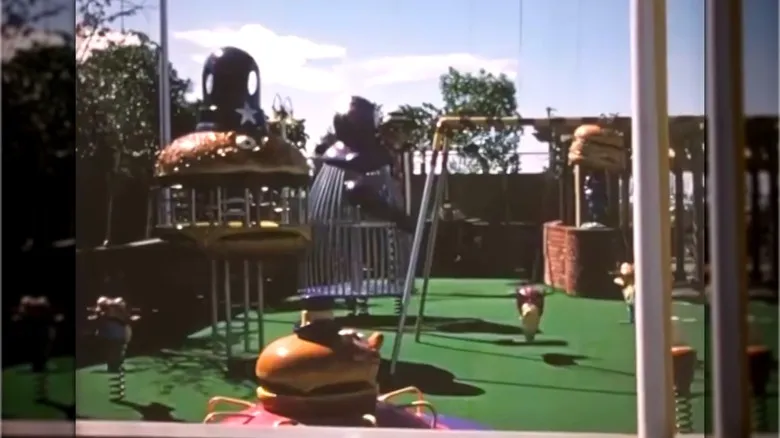
When Playland made its debut at the Illinois State Fair in August 1972, it served not only as a trial to gauge children's enjoyment but also as a test of the equipment's durability. No restaurant franchisee would want to invest in equipment that might require repairs shortly after installation, so the company needed to assess how well everything would withstand the enthusiastic play of children. The design and layout were created by Setmakers, initially for McDonald's commercials and later for the real-world evaluation in Illinois. Between 350,000 and 500,000 families utilized the playground equipment during the fair.
According to David Haber, one of the designers, the test was a tremendous success. It was believed that those few days of intense use at the fair could forecast how the equipment would perform over three years of regular use in restaurants, and everything functioned flawlessly. The physical equipment was produced by Game Time, a leading manufacturer of playground equipment.
A lot of kids were injured
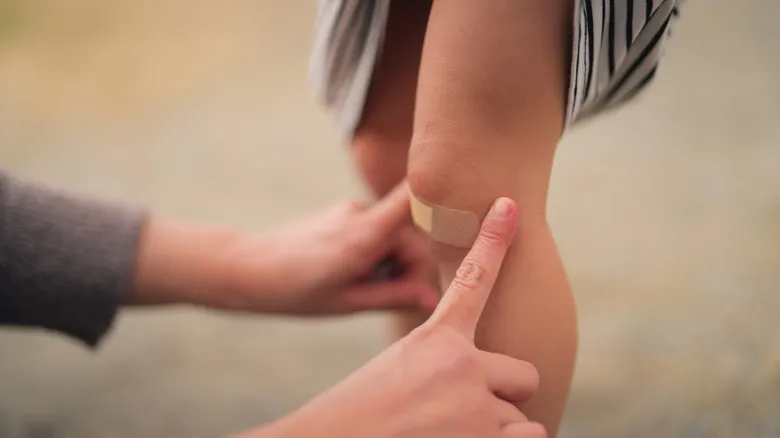
Despite efforts to promote safer playground materials and equipment, McDonald's Playlands and PlayPlaces faced significant safety concerns. The older metal structures could heat up in the sun, causing second-degree burns to children. Even after transitioning to primarily plastic and rubber equipment, complaints persisted. Children were found playing with items that were contaminated with bacteria, and a former employee noted online that the decline of PlayPlaces might be linked to the frequent clean-up of urine by staff. A 2011 inspection of fast-food play areas revealed dirty windows, used bandages, hair, and graffiti among the play equipment.
McDonald's was not forthcoming about these issues. In 1995, the U.S. Consumer Product Safety Commission alleged that the company failed to report injuries related to a specific piece of equipment. In 1999, the Commission accused McDonald's once more of not disclosing over 400 injuries, including broken bones and head trauma, resulting in a $4 million fine. Additionally, that 2011 survey? ABC News reported that the professor who conducted the sampling was banned from eight different McDonald's locations owned by the same individual, who claimed that the professor's requests to close the play areas were "disruptive."
Even well-maintained equipment couldn't prevent incidents at a location in New Zealand. In two separate cases, children were discovered in other areas of the restaurant or the parking lot after exiting the play area through a concealed exit without their parents' knowledge.
The heroin death is a hoax, but kids have found needles among the play equipment
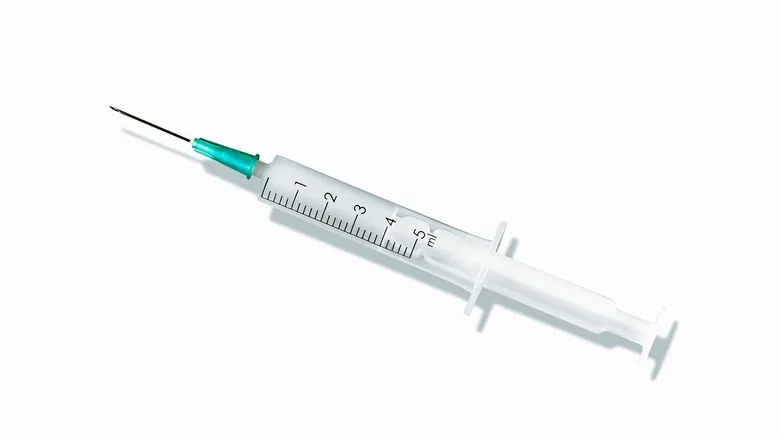
For many years, an urban myth has circulated about a young boy who allegedly got pricked by a needle in a McDonald's ball pit and died within a day from an accidental heroin overdose. This story is a fabrication—Snopes conducted an investigation and found no evidence to support the claim, nor did any reputable newspaper report on it, despite what the myth suggests. In fact, a newspaper issued a statement denying that it had ever published such a story.
Nevertheless, legends often have a basis in reality. While no children have died from hypodermic needles in ball pits, there have been multiple instances where kids discovered syringes or were injured by needles in play areas. For example, an 8-year-old in West Virginia found a needle and suffered a minor scrape; fortunately, doctors confirmed that the scrape was superficial and did not penetrate the skin. In Canada, a mother discovered her son and his friend playing with a syringe plunger and casing that had dried blood on it. Additionally, an Australian girl was also pricked by a needle in a play area.
More than one parent left their child there unsupervised
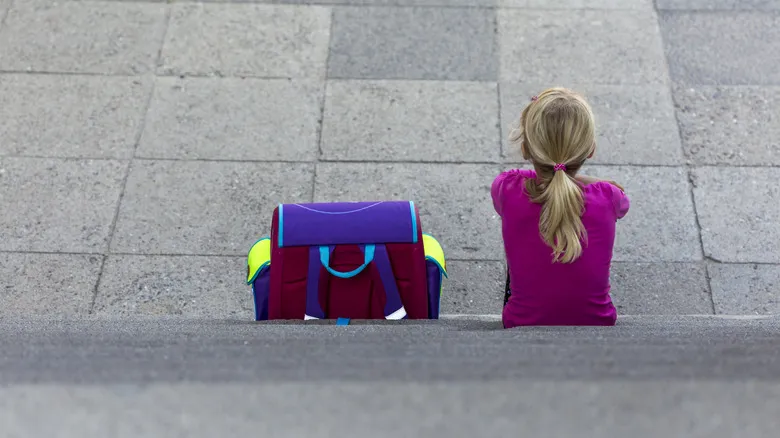
One issue that McDonald's encountered when they introduced Playlands and PlayPlaces was that parents would often abandon their children in the play area while they attended to other activities. For instance, a manager recounted to the Grand Rapids Press in 1977 that she frequently had to remind parents that the location was not a daycare and that they couldn't simply leave their kids there. While one might assume this behavior stemmed from the increased independence of children in the 1970s, the problem persists today. The only notable change is that parents now face consequences beyond a frustrated but courteous manager.
In 2015, law enforcement apprehended an Arizona woman who left her child in a McDonald's play area to visit a casino. Similarly, in 2019, a Pennsylvania father was charged after he left his stepson at a play area while he shopped for an hour. Additionally, in 2014, there were online complaints about grandparents who had left their grandchild at a play area for several hours. It's important to note that these were young children, aged between 2 and 9 years old—not teenagers or even younger kids accompanied by older teens.
McDonald's opened a separate chain of larger indoor playgrounds after the PlayPlace's success

McDonald's PlayPlaces enjoyed significant popularity, but in the early 1990s, a new kind of indoor play area began to emerge. These larger venues, operated by companies like Discovery Zone and Chuck E. Cheese, featured similar attractions, such as ball pits, but on a grander scale. McDonald's introduced its own version called Leaps & Bounds, and by 1994, there were 49 locations. Although it was managed by McDonald's, there was no obvious branding connection; the facilities lacked McDonald's logos, and the food offered was not from their menu. Each location required an admission fee, and parents were required to remain on-site while their children played.
Initially, the chain experienced rapid growth, but after three years, McDonald's decided to exit the market. The company sold the Leaps & Bounds chain to Discovery Zone, which integrated all the locations into its own brand.
Kids just haven't been as interested in them in the past decade

While the pandemic certainly contributed to the decline of McDonald's PlayPlace, interest in these play areas had already been waning for about a decade. This decline can partly be linked to the perception that the play spaces were unclean. Additionally, fewer families with children had been visiting McDonald's, resulting in a reduced number of kids available to use the equipment.
A significant factor in this trend is likely the rise of the internet and the popularity of online games and educational content. Many children now prefer using tablets and smartphones for entertainment instead of playing in a fast-food restaurant's playground. In fact, a survey by the Kaiser Family Foundation revealed that, as of 2010, children aged 8 to 18 were spending over seven hours a day on screens outside of school. However, a 2024 survey from the Pew Research Center indicates that younger children and teens are now spending less time on screens. Today, PlayPlaces are facing new challenges that go beyond just screen time.
All PlayPlaces had to close during the pandemic, and many were remodeled out of existence
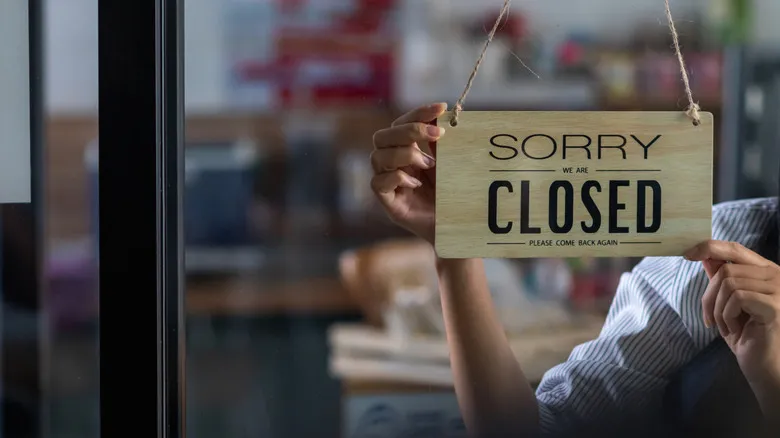
All McDonald's PlayPlaces were closed in 2020 due to the pandemic, which was expected. They remained shut through at least 2021, with some reopening after a year while others stayed closed for a bit longer. Employees expressed their concerns online about the reopening, citing staffing difficulties.
Many PlayPlaces never reopened. The restaurants underwent renovations, and the PlayPlaces were removed. One employee shared online that their manager indicated it was due to liability concerns. McDonald's still maintains a page on its website regarding PlayPlaces and party arrangements, but searching for locations with indoor or outdoor play areas can be frustrating, as several major cities yield no results. This doesn’t mean they’ve all disappeared; rather, they are becoming increasingly difficult to locate as McDonald's continues to evolve.
Recommended

A Look At The Last Meal Served On The Iconic Concorde Planes

Who Actually Created The First Frozen Pizza?

Stinking Bishop: How The Classy Cheese Got Its Off-Putting Name

How Teriyaki Became One Of Seattle's Signature Dishes
Next up

